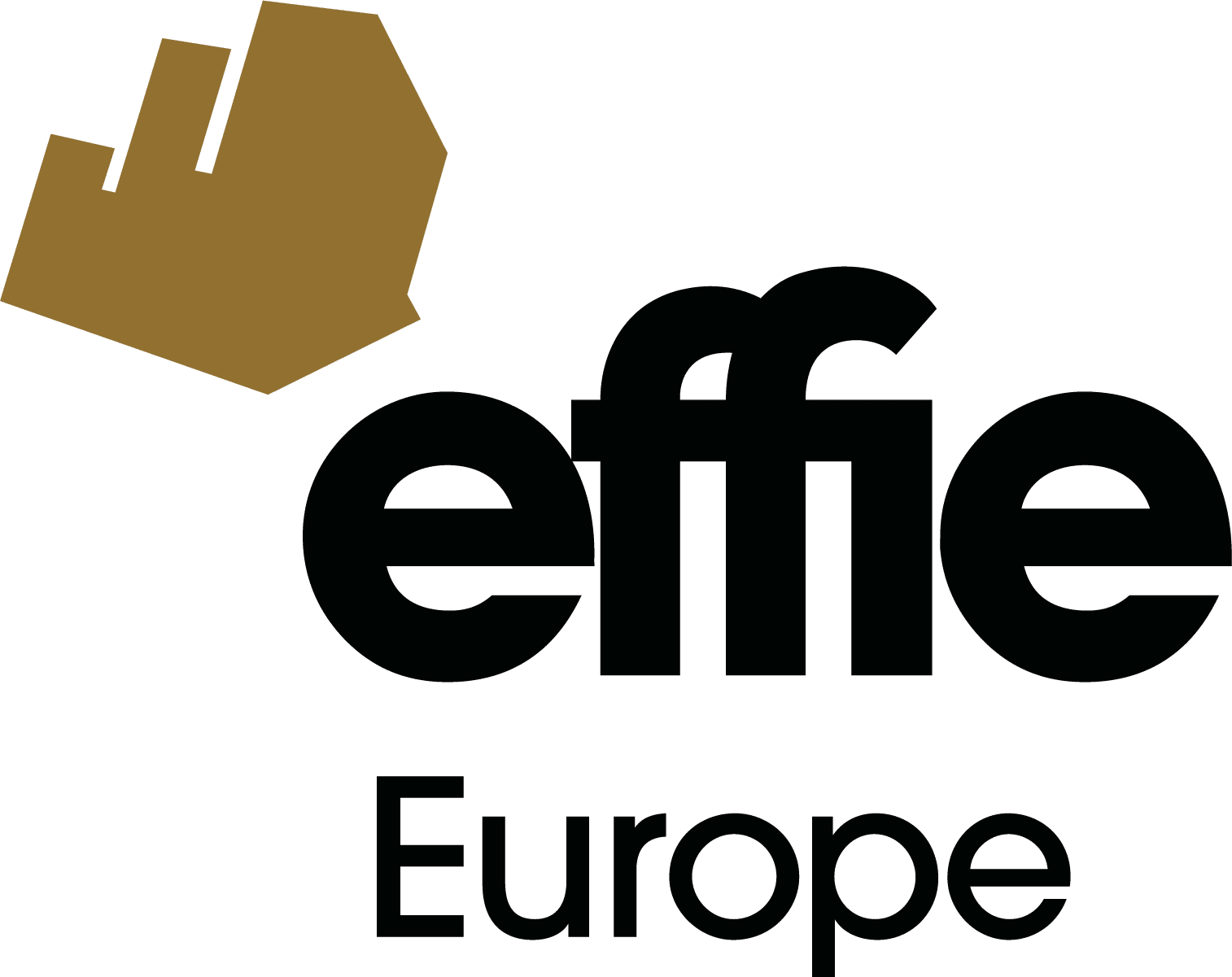WHITE PAPER: CROSSING THE CHASM: How true creativity enables great leaps in effectiveness
INTRODUCTION
This paper is the third in a series of whitepapers produced by the EACA in association with The Effectiveness Partnership - The Worst of Times, The Best of Times and The Road to Recovery - which outlined successful effectiveness strategies for recessionary and post-recessionary times respectively.
The idea that creativity is an enabler of effectiveness has long been one of the cornerstones of our industry, but recently this idea has been seriously questioned. The Institute of Practitioners in Advertising (IPA) 2019 paper, The Crisis in Creative Effectiveness, identified a serious declining trend in the effectiveness of creatively awarded campaigns. Backed up by IPA data that showed that creatively awarded campaigns were no more effective than non-awarded campaigns.
Pertinent though this analysis is, it was based on a limited view of creativity – namely, creativity that wins awards. Creative awards, by their very nature, prize executional craft and technique as a means of delivering breakthrough creative solutions.
However, we would argue the true nature of creativity is more profound than this. This paper aims to define creativity through new lenses, and to show that:
• True creativity, practised by Effie Europe award-winning campaigns, is the lifeblood of effectiveness.
• Different types of true creativity, deliver significant effectiveness impacts in different ways.
• Each type of creativity has strengths and limitations, and therefore should be considered carefully as part of an effectiveness-driving strategy.
Practised by progressive agencies and brand owners, and powered by breakthrough insight, these new definitions of creativity have profound implications for the industry and, we hope will create inspiration and direction for the effectiveness community going forward.
FOUR NEW DEFINITIONS OF EFFECTIVE CREATIVITY
1. PERSUASIVE CREATIVITY
Persuasive creativity focuses on creating new reasons to buy, often through communicating new USPs through persuasion techniques. Although these communications often have a rational USP at their heart, they can be presented in emotional or more informational ways. FMCG brands have used these techniques to great effect in their mature categories to drive sales growth.
Campaigns built through persuasive creativity produce strong activation effects and so are powerful ways to build sales in the short term, especially volume sales.
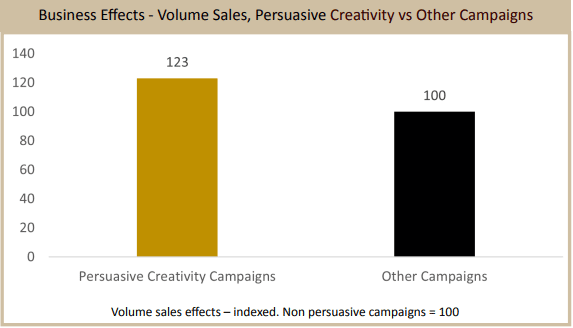
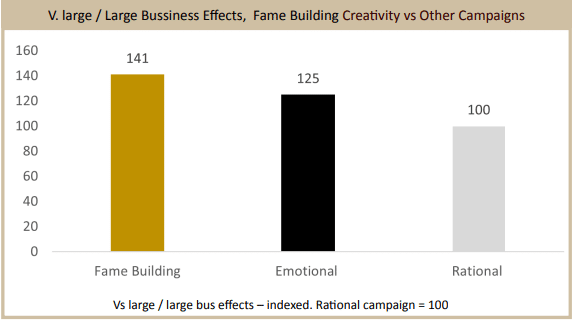
2. FAME-BUILDING CREATIVITY
A lot has already been written about fame, starting with Binet and Field in their seminal IPA paper The Long and Short of It2 where the powerful effects of fame campaigns were quantified, creating a rich bank of evidence for the industry.
Borrowing from Paul Feldwick’s subsequent analysis of fame – The Four Facets of Fame3 – we have created a definition of fame campaigns that is useful and actionable in the context of our data. This shows that fame campaigns are comprised of four key elements – emotion, social value, broad reach and memorability (or stickiness).
3. EXPERIENTIAL CREATIVITY
Campaigns that rely on experiential creativity are ones that are particularly innovative in the ways that people are engaged, engaging people at the right time, in the right place, in new ways. Often informed by data and relying heavily on digital channels, they invite the consumer into a brand ecosystem and create rich journeys for consumers to explore. These digital channels also include media partnerships and influencers, as well as utilities and apps.
Closer analysis of our papers shows that it is often premium and subscription brands (such as telcos, consumer services and media brands) that rely on this technique.
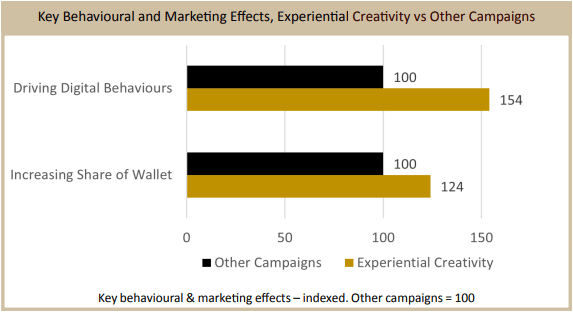
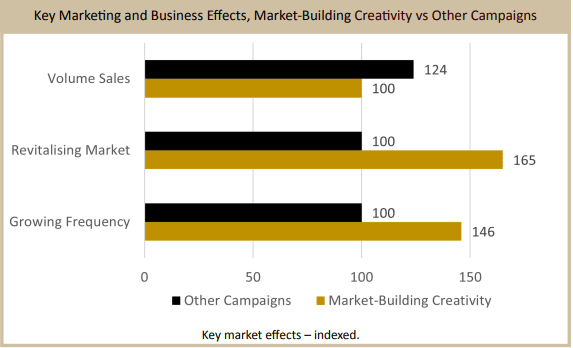
4. MARKET-BUILDING CREATIVITY
Market-building creativity is perhaps the most interesting area of all. Here the focus is on driving brand growth through entirely new strategic components. These mostly include creating new behaviours, the discovery and activation of new audiences, and creating new occasions. For example, the growth of rapid grocery delivery services such as those offered by Deliveroo and Amazon has given birth to a new shopping occasion: after the main shop and the top-up shop, there is now the ‘additional shop’ for time pressed urbanites.
CLOSING REMARKS
Our industry has already made real progress in effectiveness but we need to look ahead. The future will be very bright indeed if we don’t just take small steps forward but also be brave enough to take great leaps. This paper shows that with true creativity it is possible to cross the chasm.
